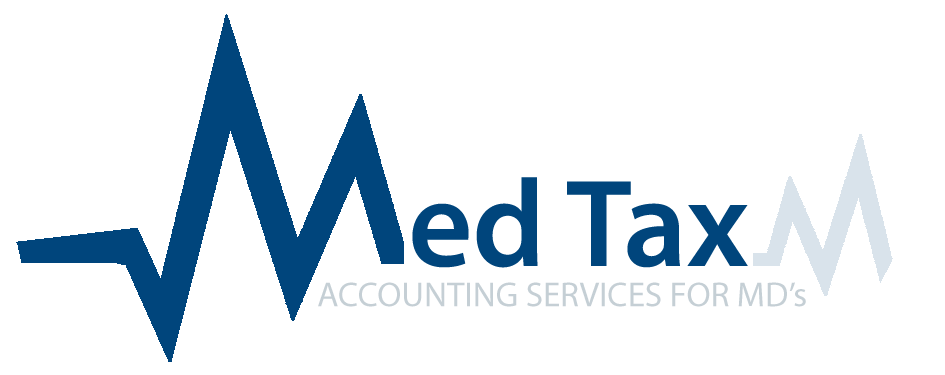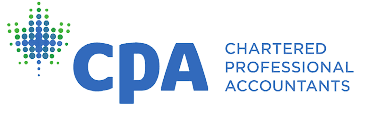Smart Planning Strategies for Canadian Physicians – October 2025
As we head into the final quarter of 2025, it’s an ideal time for Canadian physicians to take a closer look at their retirement strategy—especially those practicing through a medical corporation. Beyond traditional RRSPs and TFSAs, incorporated physicians have access to powerful planning tools that can significantly improve long-term tax efficiency and financial security.
Here’s how Canadian doctors can use their medical corporation to build long-term wealth and retire with confidence.
- RRSPs and TFSAs Still Matter—Even if You’re Incorporated
Even with a corporation in place, Registered Retirement Savings Plans (RRSPs) and Tax-Free Savings Accounts (TFSAs) remain foundational tools in any retirement strategy.
- RRSPs are especially valuable for physicians who pay themselves a salary, offering tax deferral and immediate reductions in taxable income.
- TFSAs provide tax-free growth and withdrawals, which is ideal when managing income levels in retirement or drawing from multiple sources.
Canadian physicians who rely on dividends alone may be missing out on RRSP contribution room. Revisiting your compensation strategy can help you make full use of both accounts while balancing corporate and personal tax planning.
- Leverage a Personal Pension Plan (PPP)
For incorporated physicians looking to save beyond the RRSP limit, the Personal Pension Plan (PPP) offers significant tax and retirement planning benefits.
Unlike traditional pension options, the PPP blends defined benefit and defined contribution features. This allows for higher contribution limits as you age, along with flexibility and enhanced corporate deductions. Contributions are made by your corporation and are generally tax-deductible.
Additional benefits of a PPP include:
- Protection of assets from creditors
- Tax-deferred investment growth within the plan
- Special payments for past service or plan deficits
- Optional retirement age flexibility
This makes the PPP particularly attractive to Canadian physicians over age 40 with consistent corporate income who want to maximize retirement savings and reduce corporate tax.
- Use Retained Earnings Strategically
If your medical corporation retains earnings beyond your salary and dividends, there’s opportunity—but also risk—if those funds aren’t structured properly.
Passive income generated by corporate investments over $50,000 annually may lead to a grind on the Small Business Deduction, increasing your tax rate on active income. To manage this:
- Consider tax-efficient investments that focus on capital gains
- Explore corporate class funds or corporately owned life insurance
- Reinvest retained earnings into tools like PPPs or other long-term tax shelters
Canadian physicians should work with an advisor to align investment strategies with their broader corporate and retirement goals.
- Plan Your Withdrawal Strategy Early
Too often, incorporated physicians delay thinking about withdrawals until they’re close to retirement—by then, tax opportunities may be limited.
A coordinated withdrawal strategy helps you:
- Smooth out personal tax liabilities over multiple years
- Preserve access to Old Age Security and tax credits
- Minimize estate tax issues when winding down the corporation
A well-timed blend of salary, dividends, and pension income can create a more stable income stream in retirement. Planning should begin well before retirement to ensure you’re drawing funds in the most tax-efficient way possible.
What to Do This Month (October 2025)
Now is the time to act. Canadian physicians should:
- Review your 2025 RRSP and TFSA contributions
- Discuss setting up a PPP with your tax advisor
- Analyze the tax treatment of investments held inside your corporation
- Begin mapping out a retirement income strategy—even if you’re not planning to retire soon
Final Thoughts
Retirement planning isn’t just about saving—it’s about structuring your savings intelligently through your corporation to reduce tax, preserve wealth, and maintain flexibility. For Canadian physicians, tools like RRSPs, TFSAs, PPPs, retained earnings, and proactive withdrawal strategies can create a more secure and efficient retirement path.
Need help building your tax-efficient retirement plan?
Reach out to the physician-focused advisors at medtax.ca to get started.








